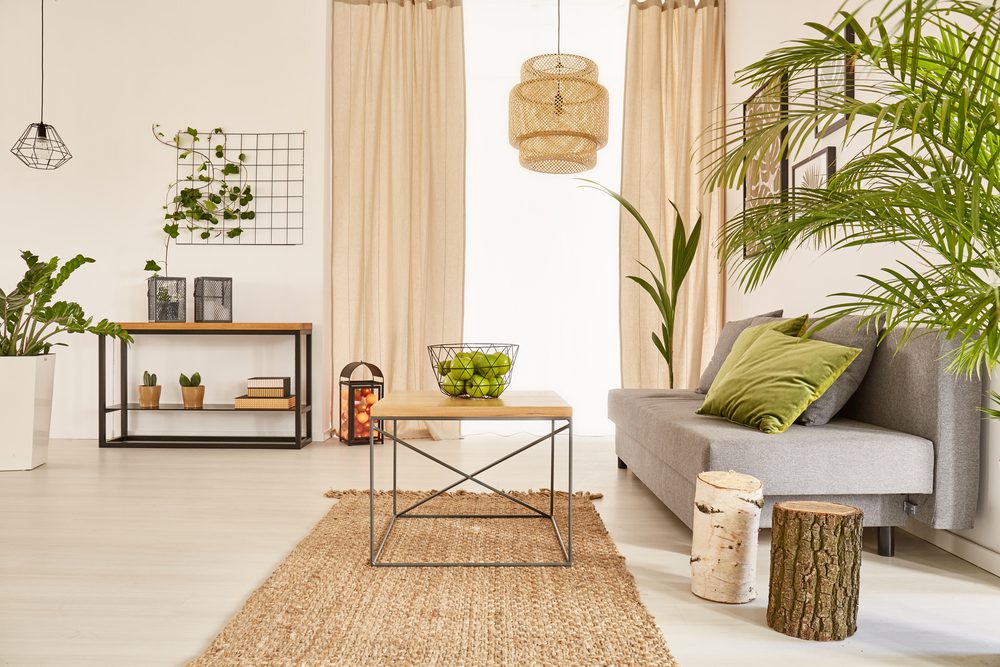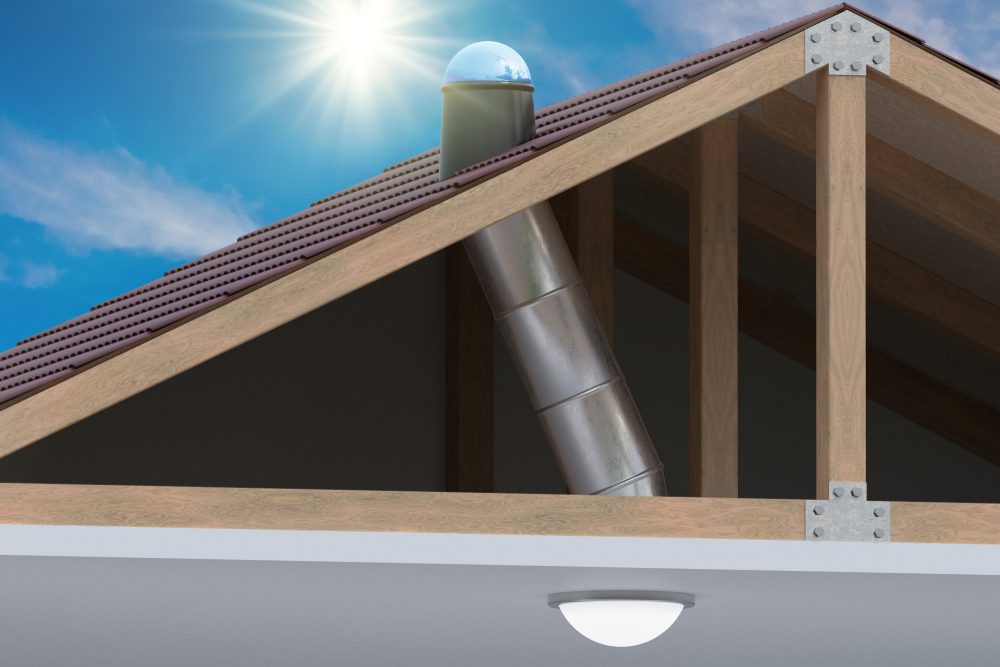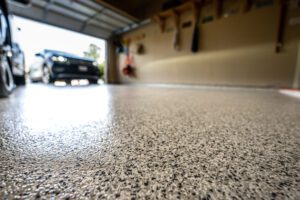Natural light in a house is always better than artificial light. Not only does it give your room a totally different vibe, but it also boosts your overall wellness (inducing happiness and relaxation). Light bulbs can only dream of duplicating the rich, full-spectrum hue that natural light creates.
Plus, natural light is free, so it can help you cut down on your electric bill by reducing the need for artificial light sources.
Many houses weren’t built with natural light in mind. But this doesn’t mean that you can’t do anything to bring more of it into your home. Aside from picking up a residential building and turning it to face the sun, there are some remodeling projects you can try to significantly increase interior natural light.
Without further ado, here’s what you can do!

1. Use Brighter Interior Wall and Ceiling Paints
Painting walls white or another bright color may seem like an easy method to boost natural light in your house, and it definitely is.
In fact, if you want to bring more sunlight into a room, changing the color of your interior walls is the first thing you may want to start with, as they can reflect the sun’s rays back into your room. According to experts, the Light Reflectance Value (LRV) can range from close to 0% for black up to nearly 100% for pure white. In other words, all colors in between will have a lesser or greater LRV.
Yes, white is the brightest, but if you don’t really like it but want more light, go for white hues that have underlying color tones. Surprisingly or not, white comes in a wide variety of subtly different shades.
2. Paint the House’s Eaves White
Eaves (also known as soffits) are the overhangs created by your roof. Either they are covered up with a soffit that closes the underside of the eaves, or they are left as open eaves.
In any case, these elements reflect the sun’s rays and send them into your house. Painting your eaves white to bring more sunlight into your home isn’t common, but that’s because people don’t know about this simple trick.
Even if the exterior walls of your house are a different color, you can still paint the eaves white only. Due to the fact that the eaves angle toward the house, the curbside effect won’t be affected. Basically, they will only be seen from within the house.
3. Give Your Walls a Mirror-Like Effect
The glossier the interior paint is, the more light bounce you’ll have indoors. By painting your interior walls a color that features a high gloss level, you give them a mirror-like effect. As you know, mirrors reflect light.
On the other hand, there is matte flat paint, which is at the other end of the reflective spectrum. With its highly porous texture, matter or flat gloss paints absorb light, cutting down on its reflective quality.
This doesn’t mean that there’s no other way than to use high-gloss paint for your interior walls. It means going one notch up in choosing a glossier version of your favorite color. So if you like matte, try eggshell. If you like eggshell sheen, go for semi-gloss.
If you have a very dark room, painting your walls with glossy paint may help you bring more natural light into your house, even though it’s not typically used on walls. Keep in mind that more gloss means more glare, especially when it comes to artificial light.

4. Use Glass or Highly Reflective Tiles
Using glass tiles is another way you can boost natural light in your home. In the right light, these types of tiles reflect nearly 100% of the light that hits them.
You can also consider installing highly glossy ceramic tiles, which tend to have nearly the same reflective effect as glass. Compare trendy backsplash materials that are trendy nowadays, such as pallet wood or concrete, against an ordinary white subway tile backsplash. Yes, there is a huge difference!
When it comes to light reflection, subway tile is ten times better than many other materials. Not to mention that’s also less expensive.
Step up the game and install metallic backsplash tiles! You’ll have maximum reflection, which will bring more natural light into your room.
5. Replace Wall Space With Glass Blocks
This one may not be as easy as the other tips, but it can definitely make a huge change, soaking up your indoor space in much more natural light than before. Replacing sections of an exterior wall with glass blocks is an excellent way to brighten up a room that would otherwise be dark.
Don’t forget that a glass block cannot structurally replace a wall stud system. If you decide to remove a section of a wall, you should consult with an architect or structural engineer to ensure you won’t damage your house’s structural integrity. Also, it’s a must to install headers over the block sections, as in the case of any door or window unit.
6. Install Skylights on Your Ceiling
Skylights are an effective way of bringing more natural light into your house. Not to mention that being able to see the sky from the inside can give you a nice feeling. In fact, skylights are also known as windows for the roof.
Not only do they provide as much glazing area as a medium-sized, traditional window, but they also face upward, welcoming the sunlight into your house. Here’s an interesting thing that you may not know: skylights let in up to five times more natural light than a sidewall window.
That’s because they are less likely to be covered by outdoor objects, and the sun’s rays reflected off of clouds come right into the house.
7. Add Reflective Room Features
A chandelier looks great in a house, but this item is more than a stunning decor item; it also has useful features. It can obviously be used as a source of artificial light, but did you know that it can also reflect natural light?
If you’ve ever been in a sunlit room with a chandelier, then you know how bright they can be. That’s because the chandelier sends more sunlight into the room, and you don’t even have to turn it on for this to happen.
However, installing a chandelier in your house may not be feasible. But don’t worry! There are other ways to achieve this effect. Just think of any glossy, shiny, and reflective room elements. They can be nearly as useful as a chandelier. Add sconces, mirrors, and shiny cabinet pulls to boost natural light, even incrementally.

8. Install Sun Tubes
Don’t you have the space for a skylight? Choose a sun tube instead! Also known as a solar tube, it’s a tubular daylighting device that’s an easy-to-install and less expensive alternative to skylights.
The main difference between the two of them is that sun tubes don’t require a light shaft. When it comes to conventional skylights, an opening is cut into the ceiling and another one is cut into the roofline. Connecting the two is what a light shaft means, but it isn’t as easy as it sounds.
Sun tubes, however, come with their own light shafts. It’s true, they don’t bring as much natural light as skylights, but you can install multiple sun tubes within a room.
9. Paint Ceilings White or Light Colors
There’s a very good reason why most ceilings are white: this color (some would say white’s not a color) reflects light. Don’t worry; having your ceiling painted white won’t ruin the interior design. In fact, ceilings often tend to go unnoticed when observing a room’s decor.
Flat white is definitely better than glossier sheens, as a matte finish diminishes glare. Also, a ceiling doesn’t need the washability of highly glossy paint because it doesn’t get touched as much as trim and walls do. So, even though using a glossier paint is a great way to boost natural light in a room, ceilings make an exception.
You may also want to read 15 House Painting Tips That Professionals Don’t Want You to Know.















